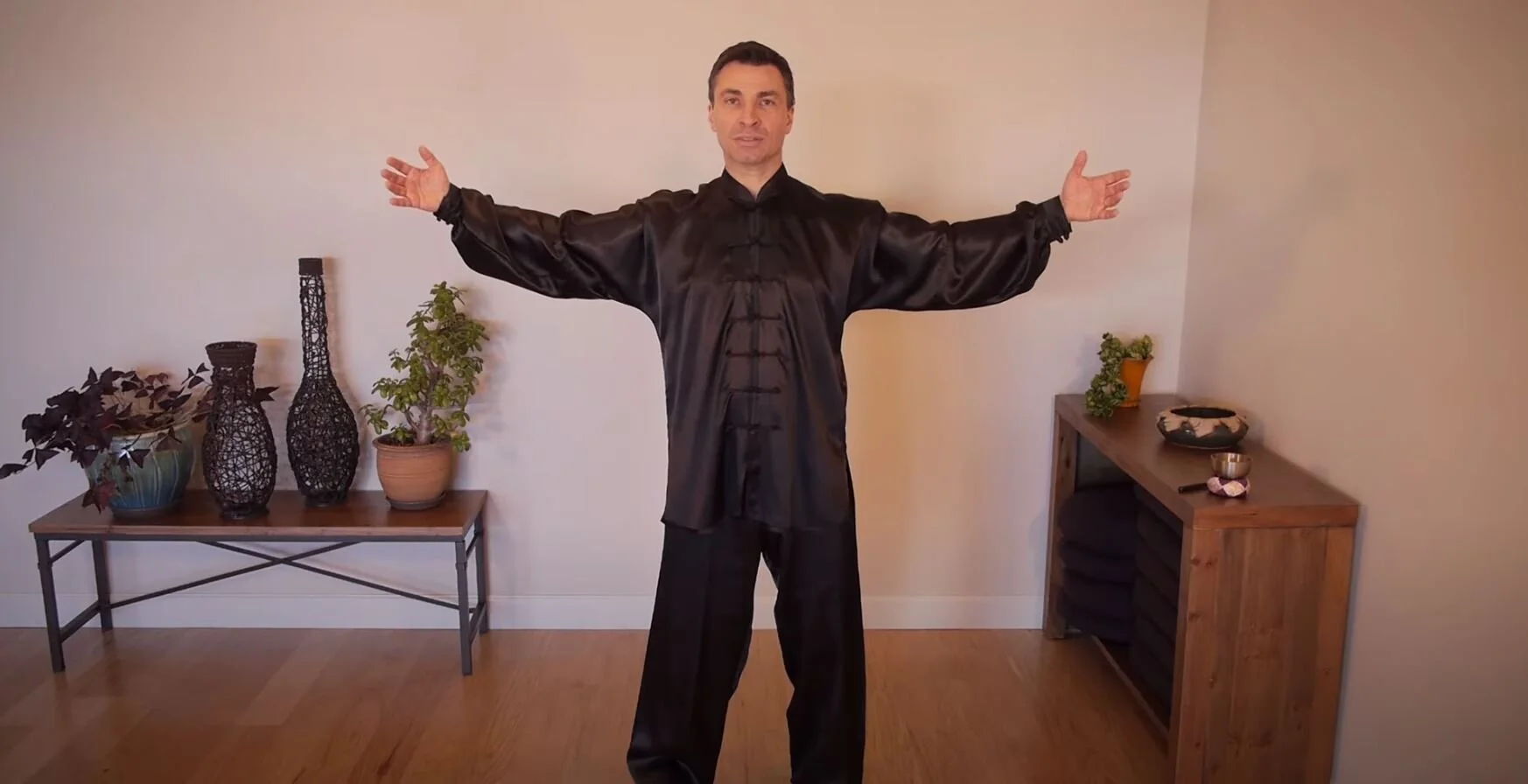Just because a meditation practice is easy, does not necessarily mean it is the best one for your brain. Anything worthwhile takes effort. If you are looking to engage in meditation to rebalance the brain, the practice may be difficult. You are asking your brain to do something new, to change its old patterns. This is not likely to be easy. Meditation is work.
Read MoreShifting the body can help the brain shift, too. Researchers exploring the relationship between mood and the body have found that walking in an erect posture and skipping tends to increase subjective feelings of energy and positive emotional states. In contrast, a slouched posture may decrease feelings of energy and increase negative emotions (Peper & Lin, 2012; Nair et al, 2015).
Read MoreMeditation can be thought of as a form of mental training. It is a skill (or set of skills) that allow us to intentionally direct our attention in ways that challenge the automatic and habitual ways that the mind tends to engage. Just like any skill, getting good at meditation requires practice. Unfortunately, practice is hard. Unless you were lucky enough to be born with a rock-solid will it is tempting to put aside this practice when we feel stressed, pressed for time, or simply bored with doing the same thing day after day. Here are 5 tips to help you stay consistent with your practice:
Read MoreDo you ever feel anxious when doing relaxing activities like yoga, meditation, or getting a massage?
If you answered yes, you are one of the 15%-20% of people who experience anxiety during formal relaxation training.
When we breathe in, our heart rate increases. When we breathe out, our heart rate decreases. When we breathe at our resonant frequency, the heart and lungs synchronize. For most people, this synchronicity happens around 6 breaths per minute.
Breathing this way for 10-15 minutes causes a decrease in stress hormones (cortisol) and an increase in restoration hormones (DHEA). The brain regions involved in stress responses also begin to quiet down. Our entire system begins to change. Simply put, our breathing changes our state of consciousness
There is no such thing as a “wrong” style. As all forms of exercise are beneficial, so too are all meditation styles. You will see a different result from running than weight training, and you will see a different result if you choose a Focus meditation than a Quiet Mind meditation.
Read MoreThe role the environment plays in your meditation practice is important. Elements of your practice space can facilitate entering an open, loving, generous state of consciousness. You can invest in your meditation space without investing a lot - or any - money.
Read MoreMeditation is a method to shift the brain into healthier and more balanced ways of relating to and experiencing the world. There are many different styles of meditation, and they all require preparing the body and beginning our practice with a posture most conducive to directing our attention inward. Our mothers were right: posture is important!
Read MoreQigong (pronounced chee-gong) is an ancient Chinese exercise and healing technique that involves meditation, controlled breathing, and movement exercises. Qigong is therefore sometimes translated as "vital energy cultivation" or "mastery of your energy."
Try our warmup session in the video below to pique your interest. This meditation style can help you feel more connected to your body than ever before.
Read More








